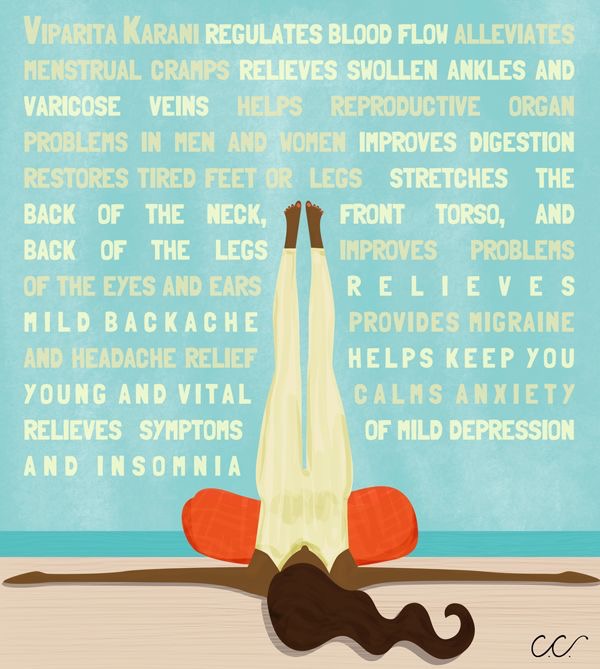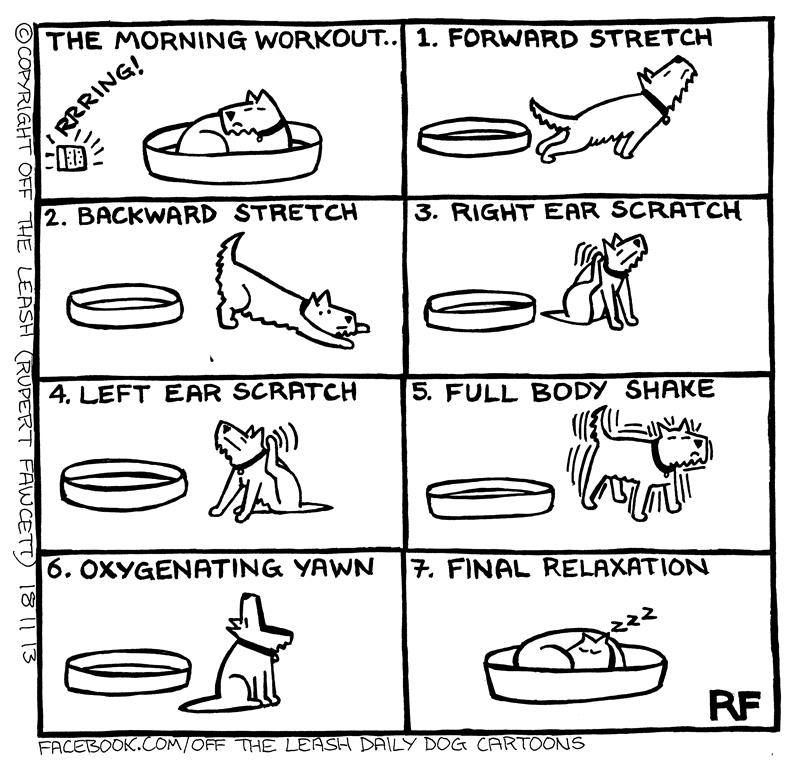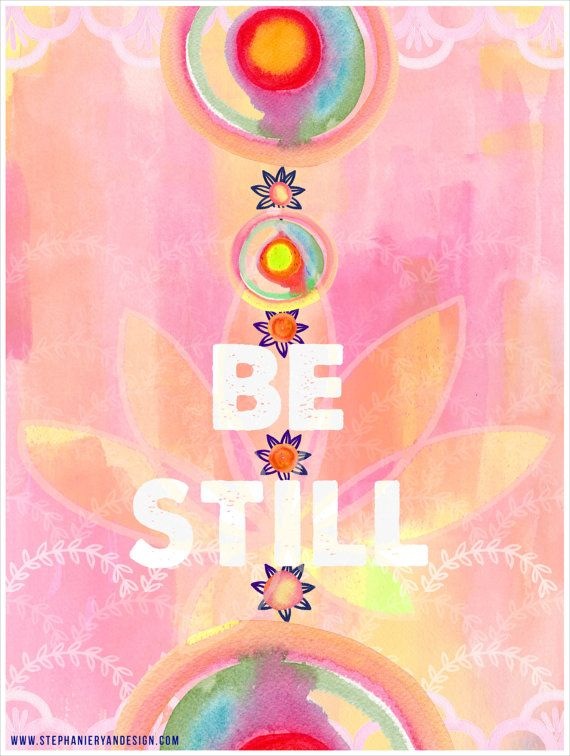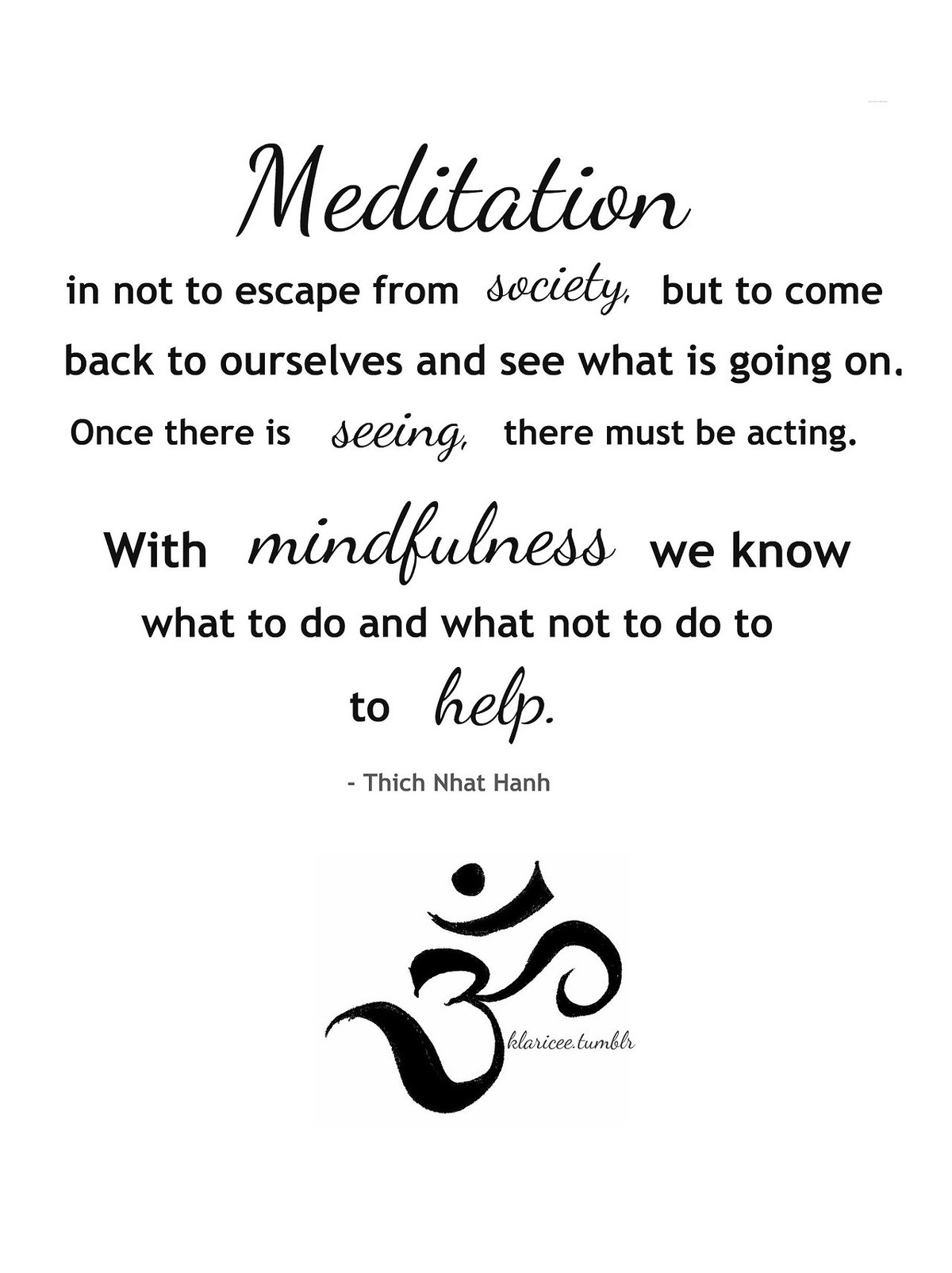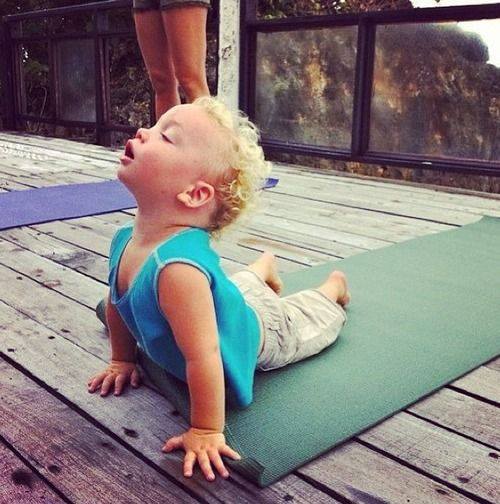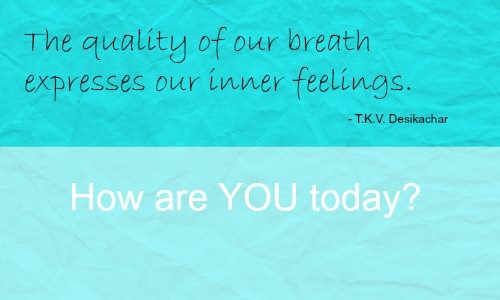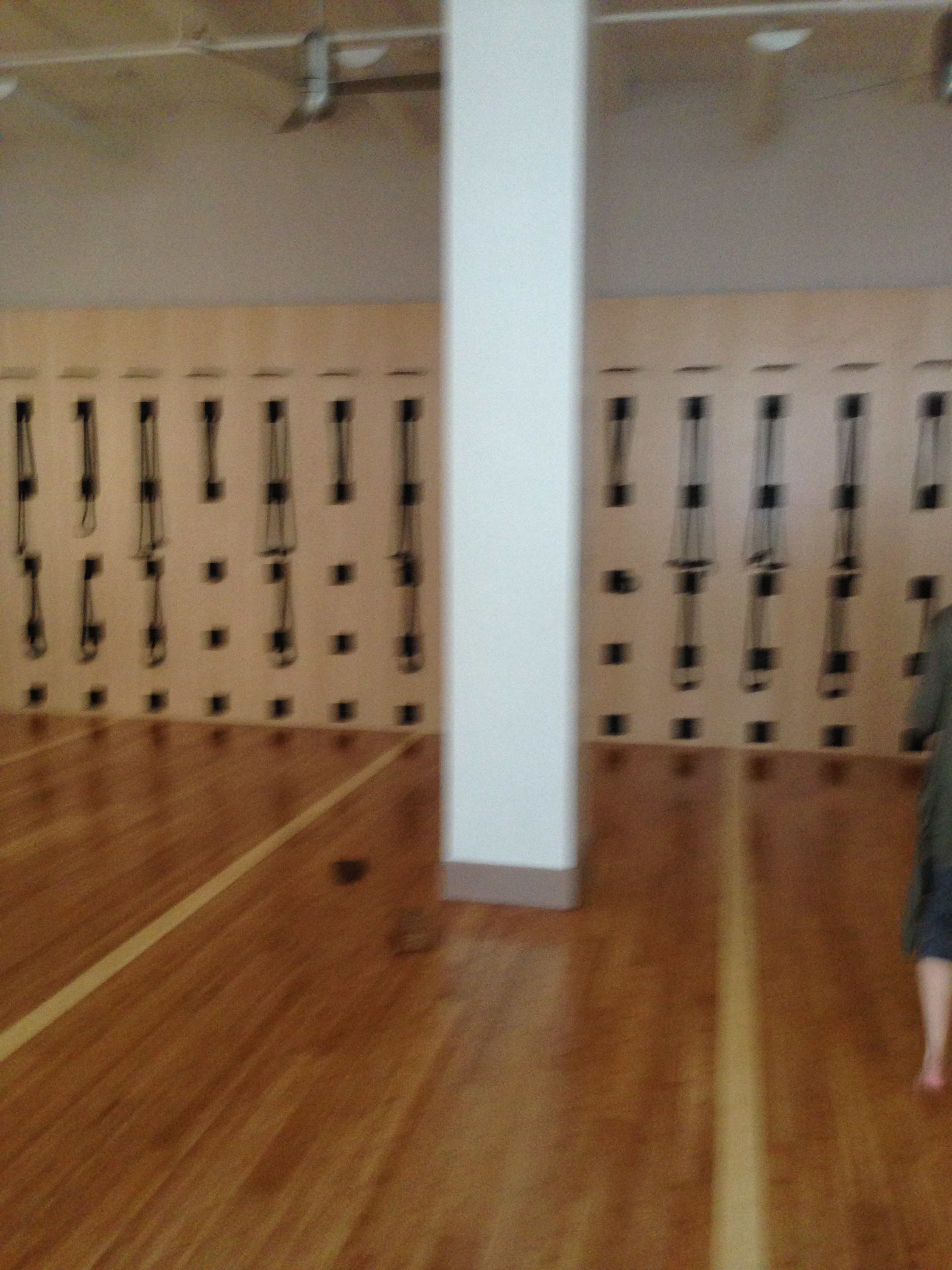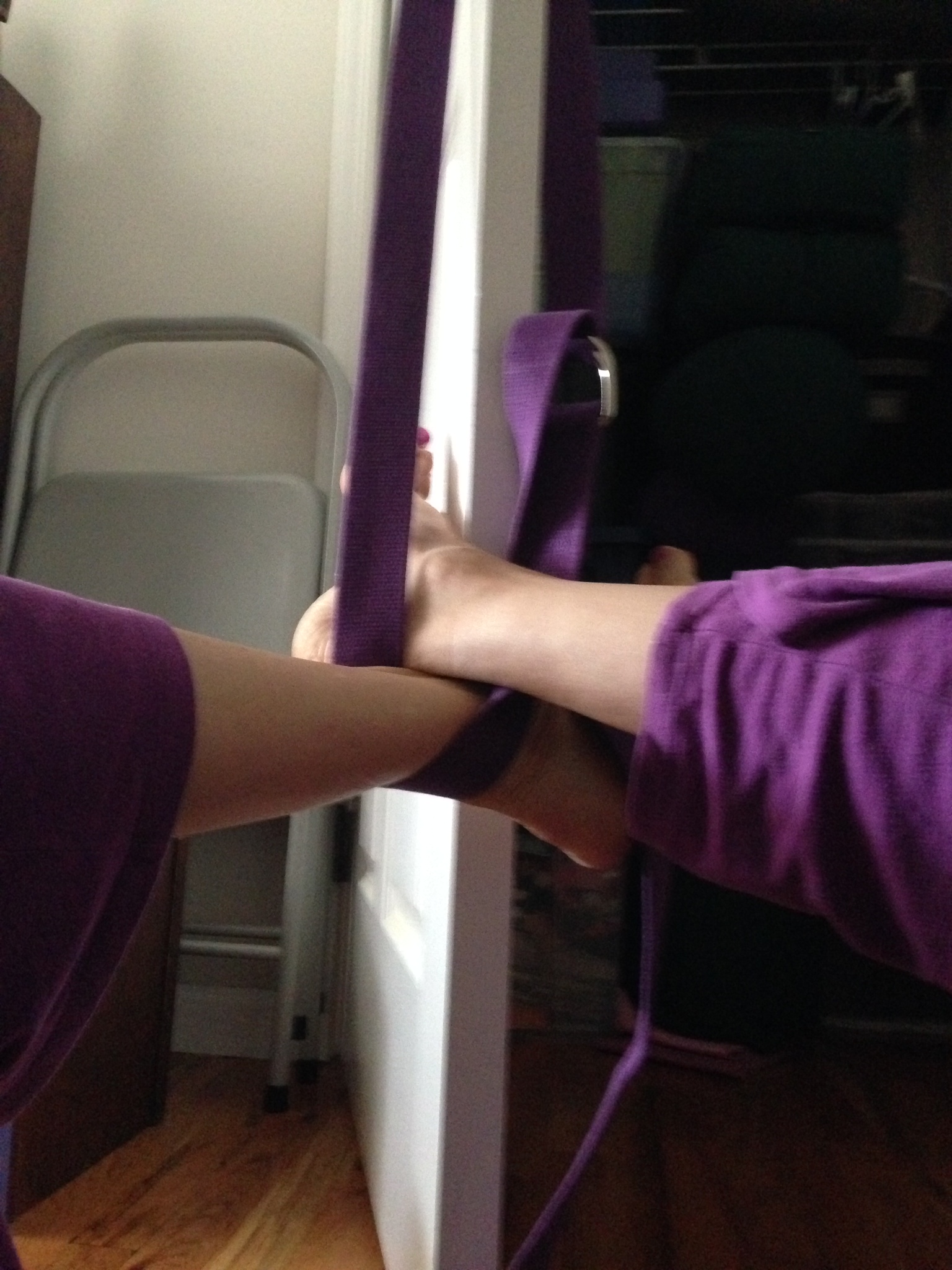viparita karani is one of the more simple restorative yoga postures:
Some of the benefits of this restorative posture include:
- regulation of blood flow,
- alleviation of menstrual cramps,
- relieves swollen ankles
- relieves varicose veins
- helps the reproductive organs in both males and females (increase of circulation in pelvic floor)
- improves digestion
- relieves tired legs and feet
- stretches the back of the neck, the front torso, and the back legs
- relieves problems in the eyes and ears
- relieves mild backache
- provides migraine and headache relief
- helps keep you young and vital
- calms anxiety
- relieves symptoms of mild depression and insomnia
In a past post, I included a short video using the 3 Minute eggs, as I had them with me when I was traveling and I always include restorative yoga postures in my yoga life. This is a really go-to one cause it can be spruced up or simplified… Depending on who you are in your body structure, and what you have as props, there are many ways to set up for this. In looking at the above list, the thing is, if you are menstruating, better not use a bolster, just lay flat, if you have serious restrictions in your hamstrings, be cautious. Be your own GPS. This is a really great pose if you have only 10 minutes. To make it really restful, cover your eyes.


